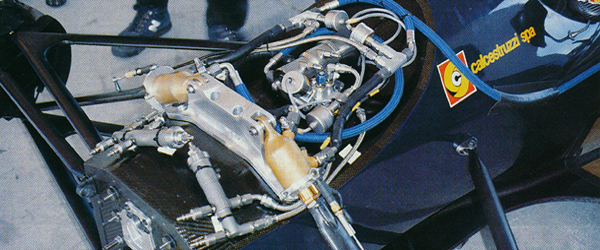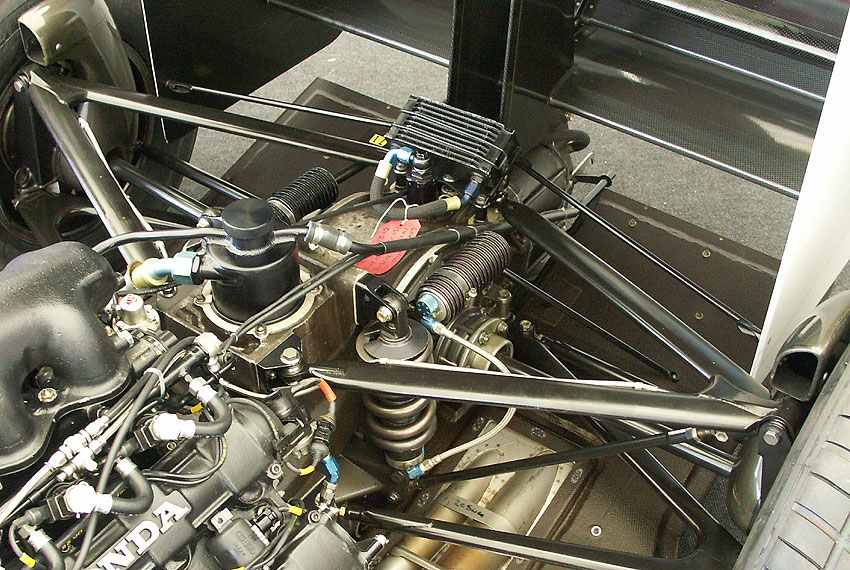This thread appears to have run its course.
It has been very helpful for me, so many thanks for the varied contributions (some I agreed with, others not, but all were interesting). I have now developed (what I think is) a working model of the front/rear coupling so I should be in fairly reasonable shape to interpret what I measure when I do actually meet one.
A few of thoughts:
With a 2+m pipe(s) connecting front & rear suspensions, there seems to be no way the coupling can affect suspension dynamics in any meaningful way, or even control dynamic warp loads although, to be fair, my model of the fluid flow dynamics is primitive...
With a relatively low charge pressure there appears to be a need to maximize fluid displaced per unit of suspension movement, and that might imply the adoption of a hydropneumatic spring (as per Citroen), particularly at the rear axle. I still would prefer to see bars at both axles, however.
Of the three "journalistic" views referenced here,
Garry Anderson's seems to be closest.
Overall, the model seems to confirm my first
impressions.



